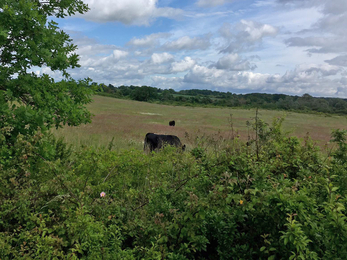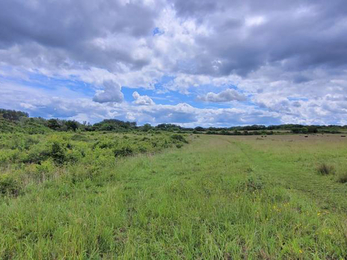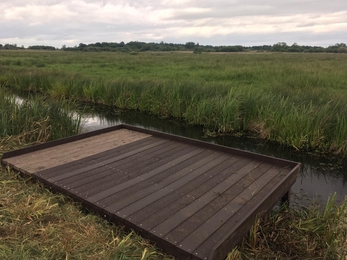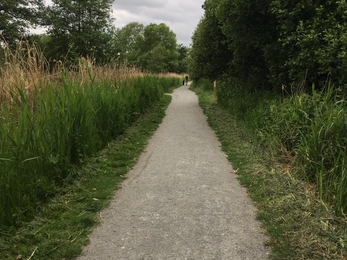Weekly wild news from our reserves - 10 June 2022
Crested cow-wheat – Alex Lack
Our conservation grazers like nothing better than a good roll in the dust to scratch those itches!
Bradfield beauties
Bradfield Woods is a wonderful site for wildflowers and insects at this time of year, with Hewitt’s Meadow being a particular gem hidden amongst the woodland. In flower this week are bird’s nest orchid, crested cow-wheat and yellow flag iris.
Wilding success
We have let nature take the lead at Black Bourn Valley (once an arable farm) and the resulting regeneration has been outstanding for wildlife. Scrubby habitat is vital for many nesting birds such as blackbirds, wrens and robins through to the rarer turtle dove and nightingale. Free ranging cattle create a diverse mosaic of habitats, as their grazing encourages wildflowers and the bare ground created by their footprints is perfect for insects and reptiles.
Lackford wildflowers
Famous for its birdlife, Lackford Lakes also supports a vast array of wildflowers. Assistant Warden Linsey recently recorded southern marsh/early marsh orchid hybrids, ragged robin, rosebay willowherb, buttercups and meadowsweet amongst others.
Just stunning!
Site Manager Andrew snapped this male common blue feeding on ragged robin in the fen meadows at Bromeswell Green.
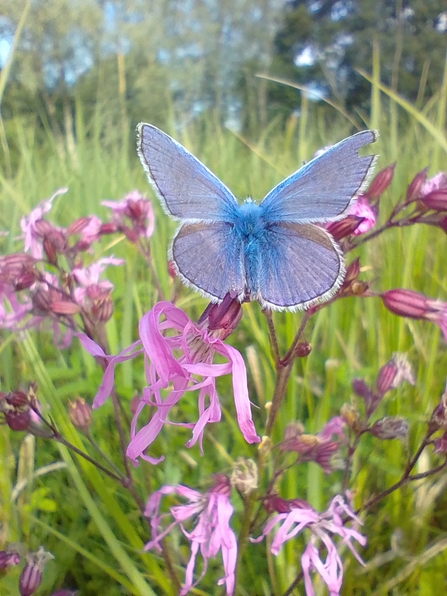
Common blue – Andrew Excell
Snipe fly
Snipe-flies are active predators and can often be found sitting head-down on fence posts or sunny tree trunks, watching for passing prey, like this one at Hen Reedbeds. They catch smaller insects in flight, taking them back to their lookout post to eat. The larvae live in soil and leaf litter, and are also predatory.
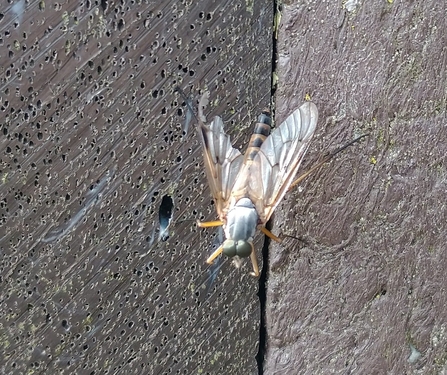
Snipe fly at Hen Reedbeds - Dan Doughty
Beetles and moths
Warden Dan has spotted some gorgeous hawk moths amongst other invertebrates across the northern reserves recently.
Lesser sea-spurrey
Traditionally a coastal species, lesser sea-spurrey has spread inland due to winter-salting of our roads. It has fleshy, cylindrical, green leaves and small, deep pink flowers with white middles. It is a low growing, sprawling plant.
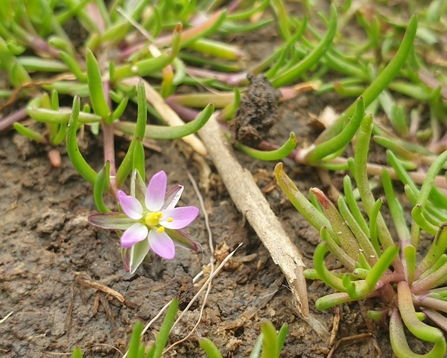
Lesser sea-spurrey at Dingle Marshes – Dan Doughty
Carlton Marshes visitor improvements
At Carlton Marshes new dyke dipping platforms for learning and engagement activities have been installed by contractors Conservation Works and generously funded by the Green Recovery Fund. The wardens have also done a grand job of path cutting to improve access for all visitors. A spectacular reserve for bird life, the reserve also supports many wildflowers and invertebrates, with fen raft spiders, a yellow barred longhorn moth and southern marsh orchids all recorded recently.
Redshank on the move
This redshank visited Peto's Marsh at Carlton a few weeks ago. Originally ringed as a chick in 2019 at Berney Marshes, it was recorded at Carlton in 2020 and again recently, which suggests it may have moved home for good.
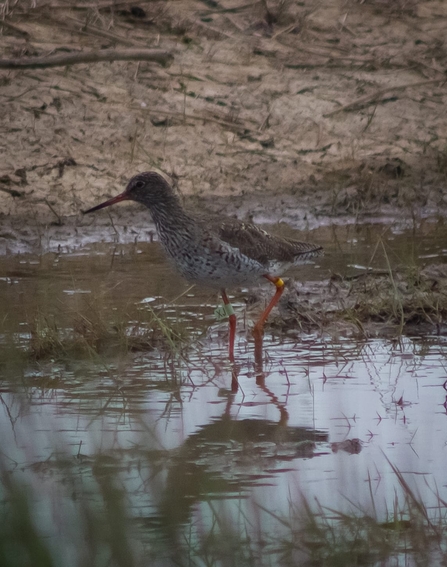
Ringed redshank – Gavin Durrant
Dyke dipping cows
Site Manager Matt was called out of the office urgently this week when the cattle took an unexpected swim in the dyke, needing a gentle winch back onto dry land.
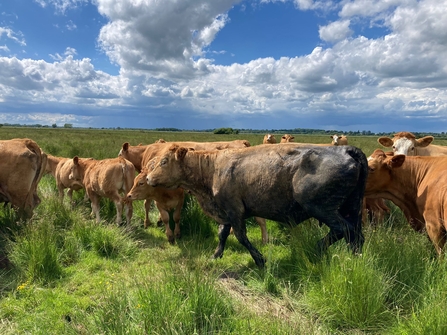
Conservation grazers – Matt Gooch







